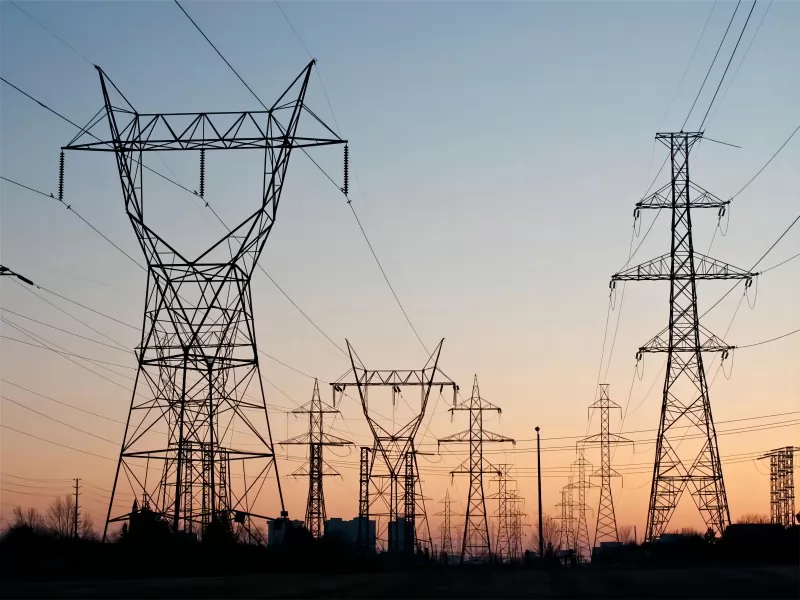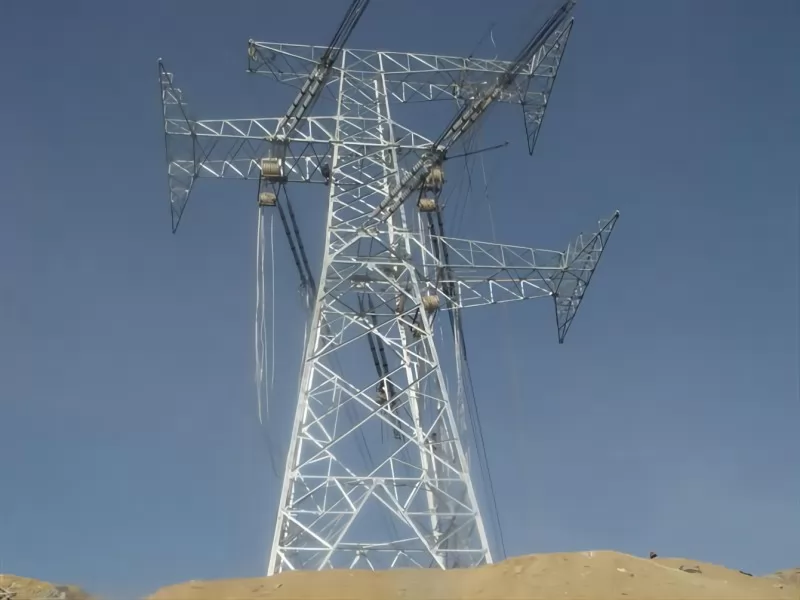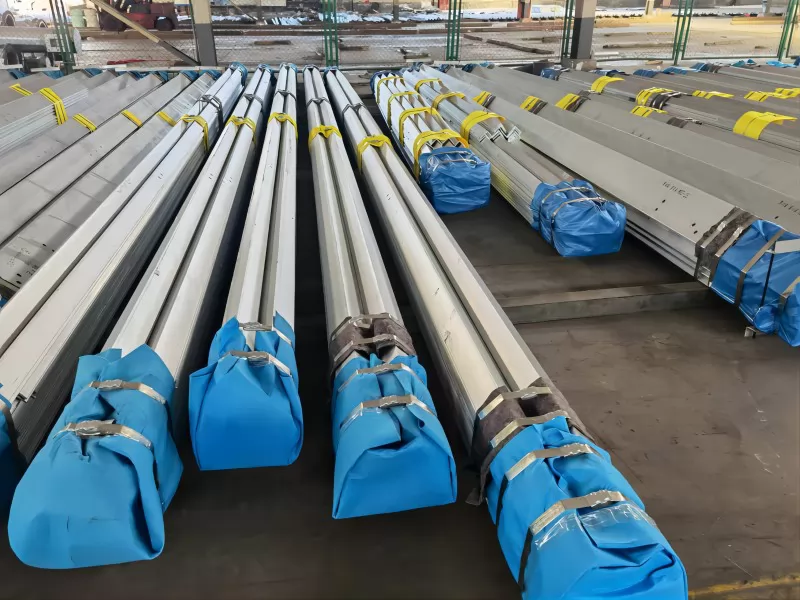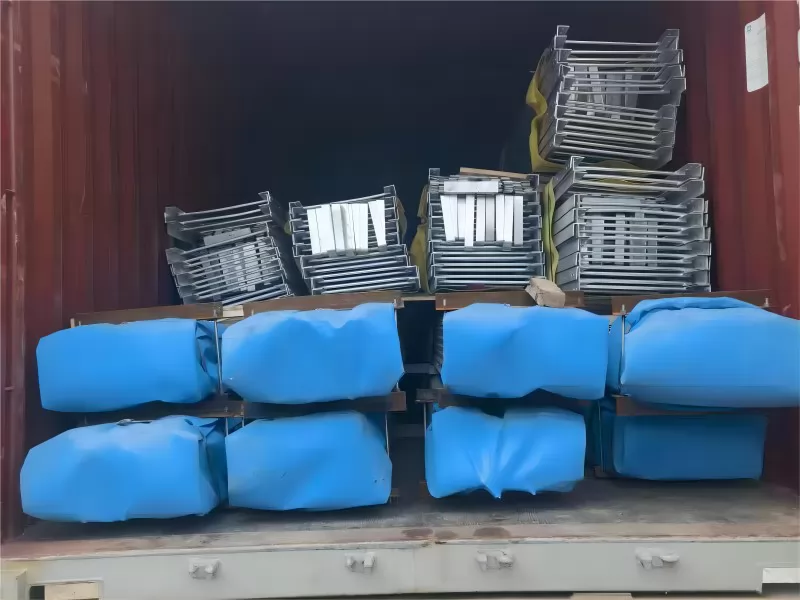High Voltage (HV) and Extra High Voltage (EHV) transmission towers (132kV, 220kV, 275kV, 330kV, 400kV) form the backbone of modern electrical grids. Their primary function is to safely and efficiently transport massive amounts of electrical power over long distances from generating stations (power plants, wind farms, solar parks) to substations near population/industrial centers, minimizing energy losses compared to lower voltages.
Description:
Product Name:132KV-400KV Transmission Line Tower
Design Software: MS TOWER. ASM TOWER,PLS TOWER,SAP2000 ETC。
Voltage Grade: 132KV-400KV
Wind Speed: 0--330KM/H
Design standard: TIA/EIA-222-G/F/H
Material: GB/T700: Q235B . GB/T1591: Q355B, Q355C, Q355D.Q420
ASTM A36, ASTM 572, GR50. GR65.SS400
EN/0025: S235JR S235JO S235JZ
EN/0025: S355JR S355JO S355JZ
Certificate: ISO9001:2008 SGS COC
Galvanized: Hot-dipped Galvanized
Galvanization Standard: ASTM A123
Nuts or Bolts: Grade 8.8
Welding Standard: AWS D1.1
Method: CO2 Shielded Arc Welding. Submerged Arc Welding (SAW).
Galvanization Standard of Bolts and Nuts: ISO146 OR ASTM/A153
Life Time: More than 25 years
Supply Ability: 3,000MT Per Month
Structure & Materials:
Lattice Steel Towers (Most Common): Constructed from galvanized steel angles bolted together. Advantages: High strength-to-weight ratio, wind permeable, cost-effective for mass production, adaptable to terrain. Dominant for 132kV-400kV globally.
Tubular Steel Poles: Increasingly used, especially in urban areas or sensitive environments. Monopole design with a sleeker appearance. Often used for double-circuit lines.
Concrete Towers: Less common for these voltages, but used in specific corrosive environments or where steel is scarce.
Hybrid Structures: Concrete base with steel lattice/top section.
Tower Types (Common Configurations):
Suspension Towers (Straight Towers): Most common. Support conductors vertically via insulator strings on straight sections and moderate angles (< 15-30°). Bear mostly vertical loads.
Angle/Tension Towers: Used where the line changes direction significantly (> 15-30°). Anchor the conductors and withstand high unbalanced tension loads. Heavier construction.
Terminal/Dead-End Towers: Located at substations or major line endings. Withstand maximum conductor tension in one direction.
Transposition Towers: Allow periodic swapping of phase conductor positions to balance line impedance and reduce system losses/interference.
River/Canyon Crossing Towers: Exceptionally tall and robust to span wide obstacles with extra sag clearance.
Product Details:


Package Reference:

_1750926381_WNo_1200d900.webp)

Environmental & Construction:
Right-of-Way (ROW): Requires a cleared corridor. Width depends on voltage, tower height, and regulations. Major environmental/social impact consideration.
Terrain Access: Construction in mountains, forests, swamps, or urban areas poses significant logistical challenges.
Visual Impact: Major public concern, driving the use of tubular poles or careful routing where possible.
Corrosion Protection: Hot-dip galvanizing is standard for steel lattice towers.
Reliability & Security:
Lightning Protection: Earth wires and proper grounding are critical.
Security: Vulnerable to sabotage or extreme weather. Redundancy (multiple circuits/paths) is built into the grid.
Maintenance: Requires specialized crews for inspection (often helicopter-based) and repair.
XH Tower Co., Ltd: Building Global Connectivity with Excellence
Established in 2007 and headquartered in Qingdao, Shandong Province, China XH TOWER Co., Ltd is a leading manufacturer specializing in high-quality telecommunication towers, transmission towers, and steel tower components. With over 17 years of industry expertise, we are committed to delivering innovative engineering solutions and superior products that meet global standards, empowering infrastructure development across the world.









